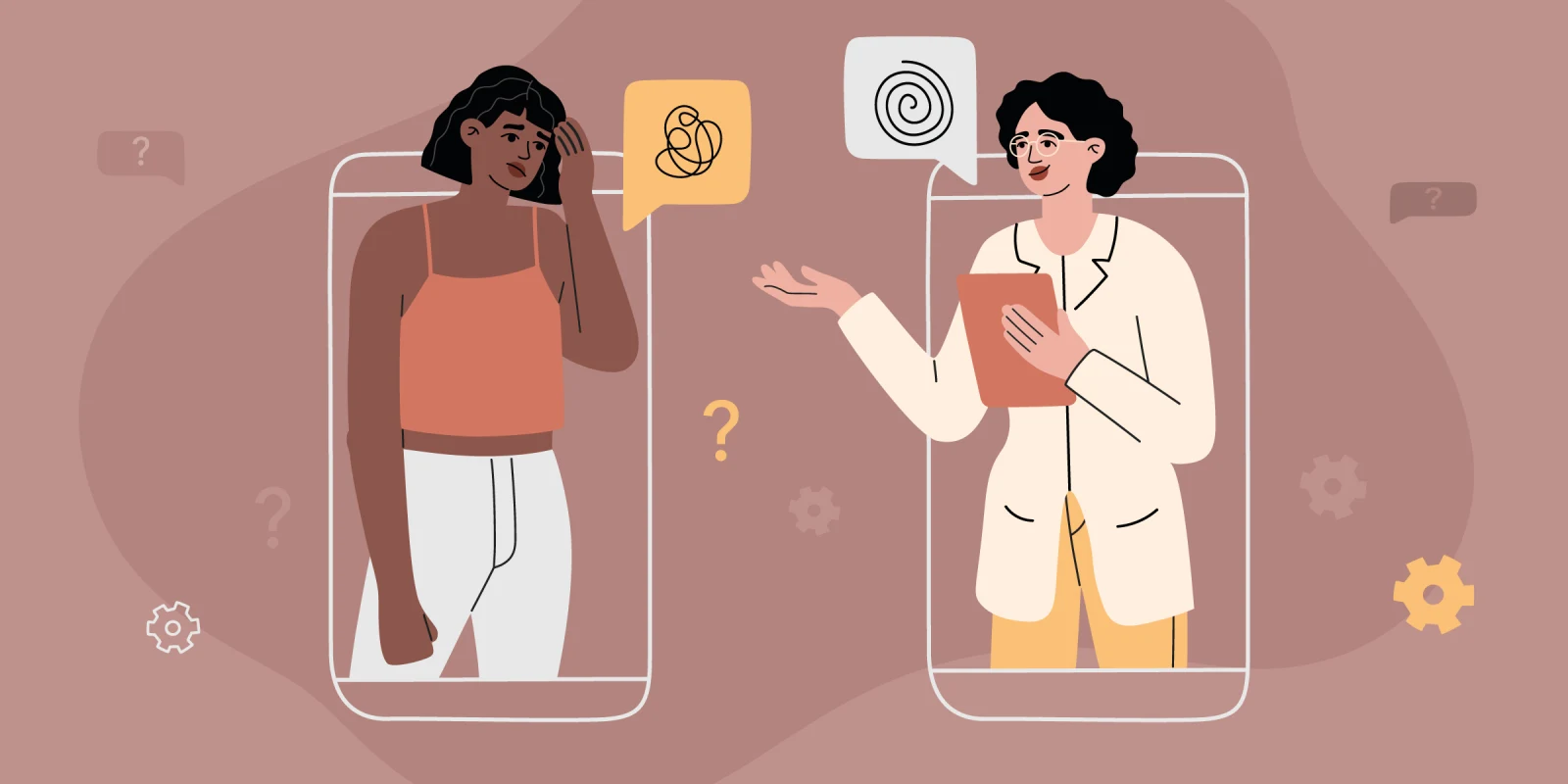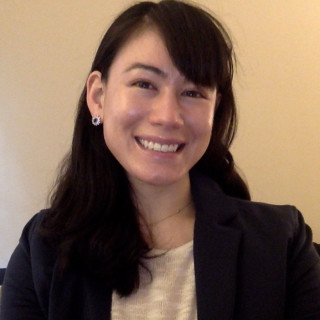We received a consult for a Black woman in her 60s, let’s call her Sue, who was a long-time smoker and heavy drinker. She would often show up in the hospital intoxicated and reporting suicidal thoughts. Widowed and alone, she was surprisingly self-aware: she knew that her suicidal thoughts would go away when she became sober. She also knew that they’d come back with drinking. Like many alcoholics, Sue wished she could control her use. Yet, it often felt hopeless.
Sue presented again intoxicated; she was admitted to the medical floors when the ER measured her blood oxygen saturation in the 60s. Not surprisingly, the consult liaison psychiatry service was called in response to suicidal thoughts. It was during the peak of the pandemic in New York. The floor’s tablet was in use somewhere else, so I called Sue on the phone.
My role seemed straightforward. Call Sue. Assess her mood, suicidal thoughts, how she’s coping. I expected it to be doable despite the limitations. I realized it was odd not to see her eyes or facial expressions. Following a brief introduction and several questions, there was a knock on the door.
Someone entered.
I asked who entered.
“Oh, another doctor,” Sue replied. She mentioned he said he wouldn’t take long, and I assumed the news was benign. But my assumption was wrong; he told Sue she had cancer. It was serious. They predicted she had days to weeks to live. He recommended hospice care.
Sue interjected. “What is hospice?”
He provided an answer, then elaborated that it was “between you and God at this point.” Sue was silent. Then came his last comment: “I’m really glad the psychiatrist is on the phone, so they can hear what I am telling you.” With that, he left.
I heard the news, but the experience on the phone felt voyeuristic. My ability to help was limited. Unable to fully assess the situation, I could only imagine what Sue felt. Was there tension in the room? What was happening during the silence? Part of me wanted to get off the phone and another part of me wanted to intervene. And it felt as if I, in psychiatry, had been handed a responsibility to pick up the pieces.
I also wondered what the geriatrics doctor had experienced. His words were brief and final. How many COVID-19 patients had he been following? How many died? Here was a case of someone who didn’t have COVID-19, who smoked and drank, who had many chances. It would be hard to have any empathy by looking at her past decisions concretely — as if the outcome of lung cancer was expected compared to those who died of COVID-19 unexpectedly. That and the continuous flow of new cases to manage.
Sue spoke up suddenly: “Well, I guess I wanted to die, and now I’m getting what I wanted.” She began crying quietly.
My anxiety increased as I fumbled with my words. I told Sue that she had done the best she could. She expressed feeling penalized, not deserving help, and now ironically wanting help while dying. Guilt led to profound inner conflict. Eventually, I asked how we could help. Sue wanted to see the chaplain, to have her hair and nails done. Then, after a moment of more crying, she insisted that she couldn’t end her life because of her family, especially her son.
“What should I tell him?” she asked.
“Tell him what happened,” I said hesitantly.
She did and felt relief.
At the end of the day, I began to think about what had happened. The outcome had seemed good, but I realized my frustration with using the phone and the geriatrics doctor stepping in was still there. Important aspects of the interaction were lost because I saw it over the phone. I had no sense of how this impacted Sue, her care, and her mental state.
I started to think about how stress evokes different attachment styles. For patients who experience anxious attachment, telepsychiatry can give the impression that the psychiatrist is remote, which the patient can experience as abandonment, helplessness, and perceived inability to obtain more information for accurate decisions. In some cases, this is factually true: more information can’t be obtained, and ambiguity creates uncertainty. By contrast, patients with avoidant attachment style, telepsychiatry can offer more space to express emotions and more protection. Less information feels less intrusive, as the truth may be anticipated with fear or excess worry. Barriers may be seen as safe and accepted. I had been concerned about the lost and invisible aspects of the interview, all the while Sue’s feelings were visible.
This narrative speaks to the gains to be made with telehealth services. I realized the importance of patience and a nonjudgmental approach. Much progress is to be gained virtually, if not interpersonally. When we can bring to light those intangibles, the elements lost in the jump to virtual medicine, we’ll be able to see the unseen, and better help our patients.
How has telemedicine impacted how you practice medicine? How has it affected your patients? Let us know in the comments below.
Anna M. Kim is an attending psychiatrist at Northwell Telepsychiatry, Lenox Health Greenwich Village. She recently completed a fellowship in consult liaison psychiatry at Mount Sinai Hospital in New York City. In her free-time, she enjoys reading fiction, table tennis, and jogs around the East River.
All names and identifying information have been modified to protect patient privacy.







